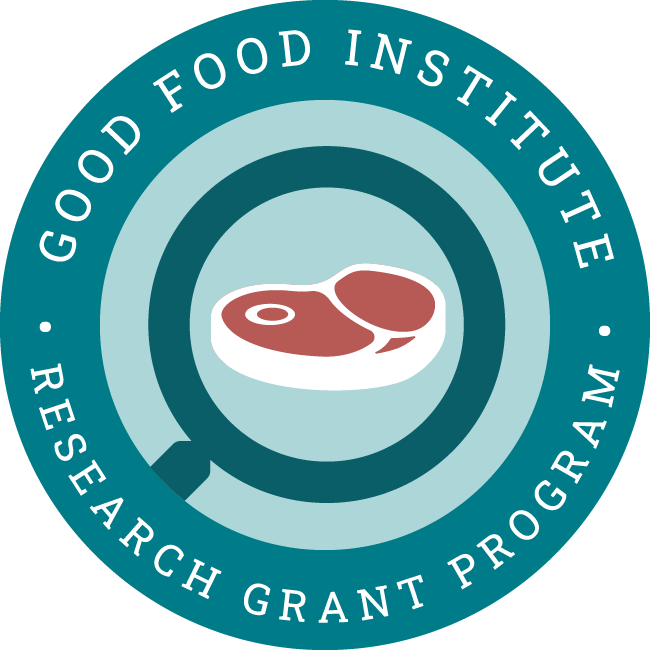Project aims
This project will use electrospinning to produce 3D alternative meat products, which would provide an alternative to conventional methods of structuring plant-based meat like extrusion. This work includes assessing the mechanical properties and microstructures present in electrospun products.
The resulting improvements will create better production methods for structuring thick cuts of plant-based meat.
Principal researcher

Dr. Fabiana Perrechil Bonsanto
Professor, Federal University of São Paulo (UNIFESP), Brazil
Dr. Perrechil Bonsanto’s expertise lies in the interactions between proteins and polysaccharides, including plant proteins, and their application in the development of gelled structures and emulsions. She is also experienced with both microemulsions and encapsulation systems for bioactive compounds.
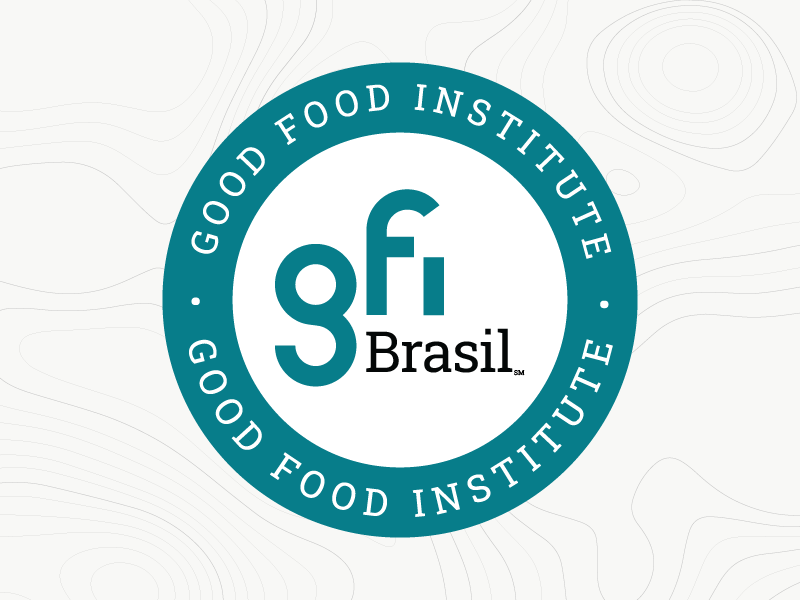
GFI Brazil’s plant-based meat resources
GFI Brazil has produced several resources to better understand the alternative protein industry in Brazil.
Related research
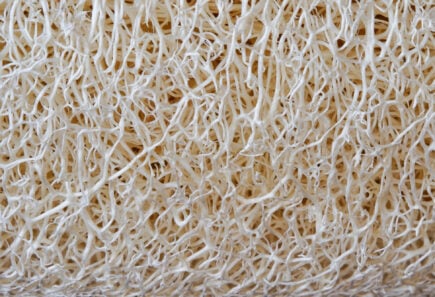
Connective tissue from plant fibers
Learn about Dr. Xiaonan Sui’s research to engineer connective tissues from plants at the Northeast Agricultural University in China.

Creating fiber-like structures
Learn how GFI grantee Dr. David Julian McClements is developing an alternative to extrusion for producing plant-based meat at the University of Massachusetts.
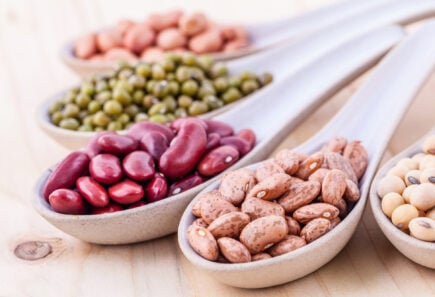
Muscle-like structures from pulse proteins
Learn about Dr. Zata Vickers’s research to develop muscle-like structures from pulse proteins to improve the texture of plant-based meat.
Explore research opportunities
-
Cultivated
-
Fermentation
-
Plant-Based
Consumer and sensory research to guide alternative fish R&D
Consumer and sensory research can help companies and academic researchers better understand seafood consumers’ needs and desires. Understanding consumers’ needs will allow alternative fish researchers to ask and prioritize the…
-
Cultivated
-
Fermentation
-
Plant-Based
Catalog of animal meat flavors
Creating a catalog of molecules responsible for the characteristic flavor of a species will enable alternative protein product manufacturers to create products that more accurately replicate the sensory experience of…
-
Cultivated
-
Fermentation
-
Plant-Based
Optimizing fat profiles for nutritional and sensory properties
Because alternative meat’s fat content and fatty acid profile can be more easily controlled than conventional meat’s, there is an opportunity to alter fat content for nutritional benefits. Additional research…
Check out related resources
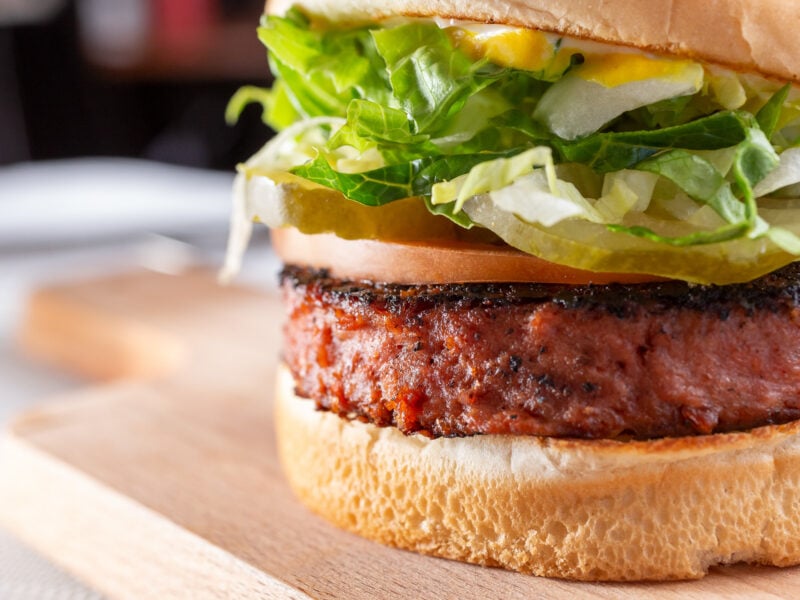
The science of plant-based meat
Learn about the science of plant-based meat. Discover resources and research on the latest technological developments and key scientific questions.

Advancing solutions for alternative proteins
Explore commercial whitespaces, research gaps, technological needs, and investment priorities at each stage of the alternative protein value chain.
